Bluefin tuna is one of the most commercially valuable fish species. The management of bluefin tuna fisheries has long been a symbol of the international community’s difficulty in sustainably managing this rare and fragile resource.
Industry professionals and conservation groups are trying to organize themselves to preserve stocks.
Refusing a programmed disappearance
The International Commission for the Conservation of Atlantic Tunas (ICCAT), created in 1969, succeeded in establishing the first fishing quotas in 1998. In spite of this, in the 2000s, the surge in overfishing led to fears that the species would simply disappear. A strong international mobilization was then born, relayed by Prince Albert II of Monaco and his Foundation.
In partnership with the WWF, the Prince Albert II Foundation is thus among the first organisations to bring the alarming state of bluefin tuna stocks in the Mediterranean to the forefront of the international stage.
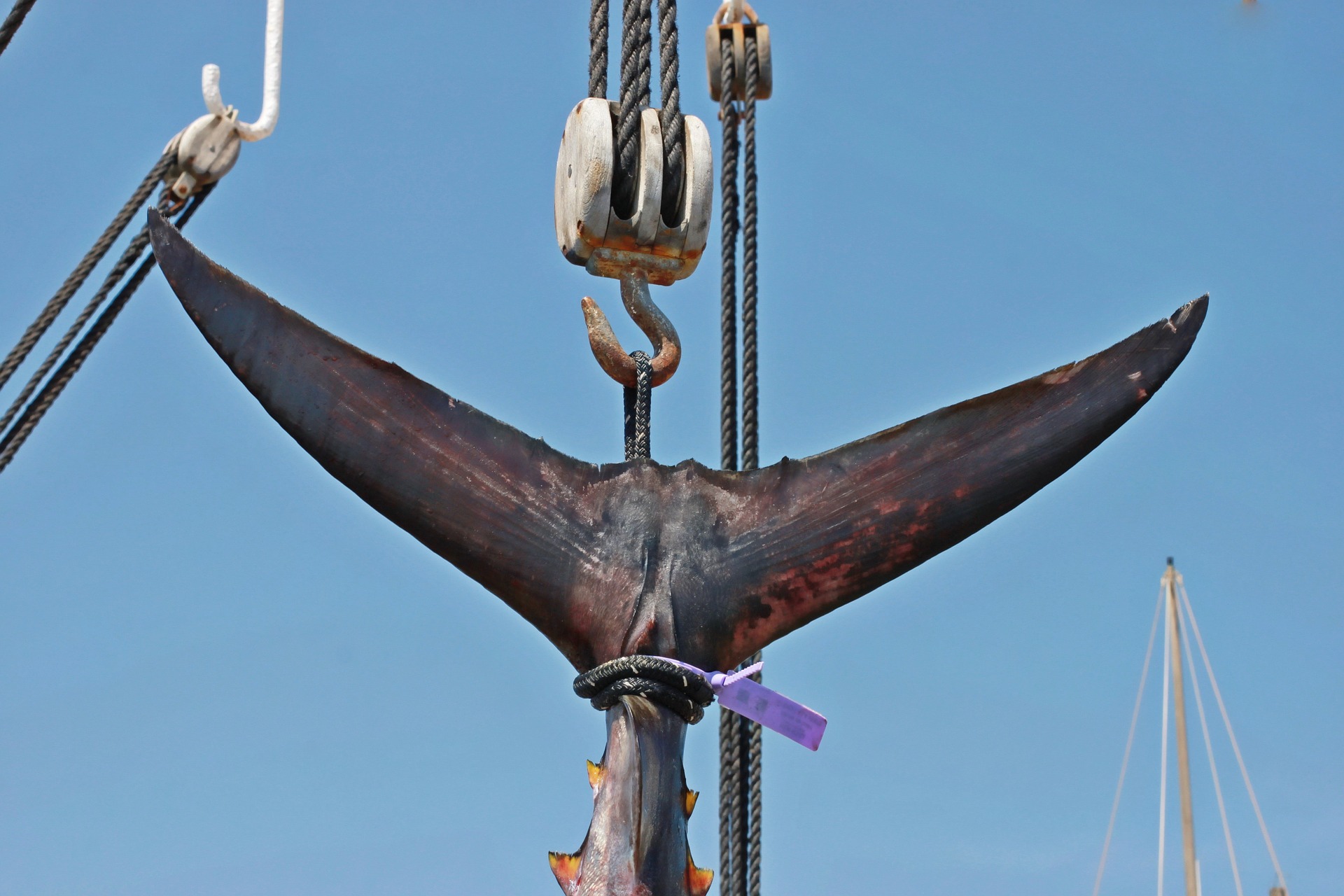
With the MC2D association, she convinced the Principality’s restaurant owners and shopkeepers to stop selling this fish, which is on the verge of extinction.
Together with the Oceanographic Institute, it contributes to informing and mobilizing the general public.
Powerful lobbying
In 2010, at the Doha Conference, the Monegasque Government officially requested the listing of bluefin tuna in Appendix I of CITES. This proposal aims to prohibit international trade in the species and to consolidate existing sustainable traditional fisheries. However, CITES finally voted against this proposal, under pressure from Japan.
Representing 80% of the world’s bluefin tuna consumption, Japan is indeed a powerful lobbyist. The debates and international media coverage of this vote have nevertheless reinforced the awareness of all actors in the sector.
They have promoted the establishment of effective management of bluefin tuna fisheries. ICCAT is lowering fishing quotas from 28,500 to 12,900 tonnes per year, in line with the recommendations of scientists and conservationists. Quotas are also more closely monitored by the countries concerned.
Is hope returning to bluefin tuna stocks?
Thanks to this surge and several favourable years, the first hopes of stabilization and recovery of the Mediterranean bluefin tuna population appear from 2012. At its November 2012 meeting, ICCAT decided to follow the scientific recommendations and maintain quotas at their level, in order to confirm and consolidate these first encouraging signs.
Indeed, these recovery indices should be treated with caution because, as the 2012 ICCAT report points out, “although the situation has improved […], there are still uncertainties surrounding the magnitude and speed of the increase in spawning stock biomass”.
Caution is the order of the day
These uncertainties are linked, on the one hand, to the underestimation of illegal fishing, since ICCAT acknowledges that bluefin tuna catches have been “seriously under-reported” for at least the last 15 years; on the other hand, the lack of knowledge of bluefin tuna migratory patterns does not allow for a good assessment of the stocks.
Improving the traceability of bluefin tuna catches in the coming years therefore remains a major challenge. Since 2008, WWF, supported by the Prince Albert II of Monaco Foundation, has been working to advance knowledge on illegal fishing and stock assessment.
For example, WWF encouraged ICCAT to implement an electronic bluefin tuna catch document in 2013 to facilitate the traceability of catches.
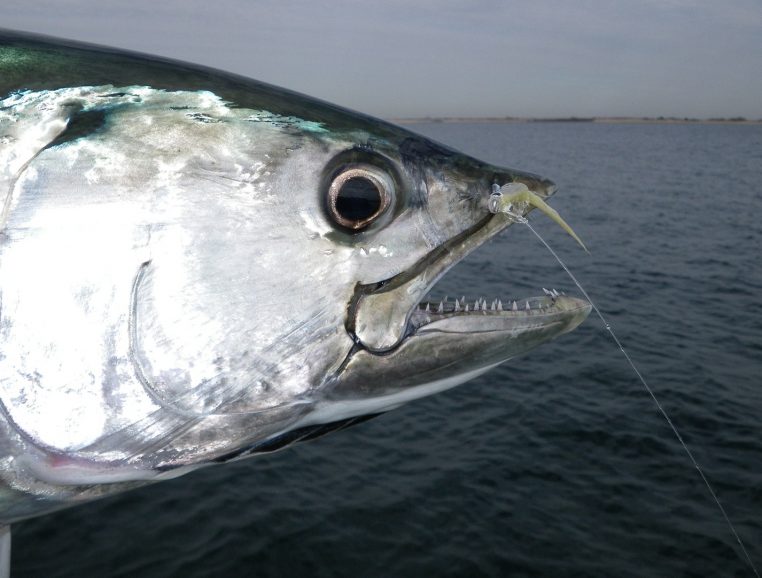
How to protect sharks, treated as by-catch?
However, the scope of ICCAT’s work remains limited. Some protection measures also cover swordfish, but sharks remain exclusively treated as by-catch in tuna fisheries. Various species of sharks are endangered by fishing, especially in the Mediterranean. This situation was recognized in the spring of 2013 by CITES. By including five new shark species in its Appendix II, CITES makes international trade in these species subject to guarantees of sustainability of the stocks fished. However, sharks are beginning to be taken into account. Some management measures are applied in Atlantic waters, notably for porbeagle sharks and some particularly vulnerable species. Norway proposed to consider adding sharks to the list of species managed by ICCAT. However, this will require the common will of all member countries, which remains unlikely.
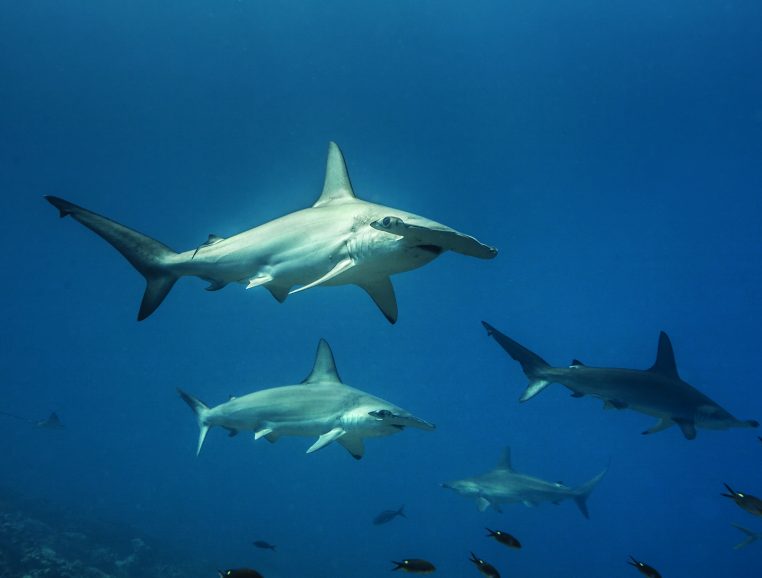
Bluefin tuna, future symbol of good collective management?
A fragile species, bluefin tuna could be transformed from a symbol of resource plundering to one of good collective and shared management based on sound science.
A good dynamic has been initiated in recent years when the situation was critical. However, it will have to be confirmed both by the development of quotas to promote stock recovery and by ICCAT’s ability to extend its action to other threatened species.
The challenge of this rather expensive management model is to consolidate and apply it to other species of lesser commercial value. Indeed, stocks of other large predators are also declining.
How to respond to the
request?
In addition to stock management and catch traceability, which are major issues for ICCAT, other initiatives for the future of bluefin tuna deserve to be highlighted.
The communication campaign “bluefin tuna, a story for the future” and the label “bluefin tuna, artisanal fishing” were launched in 2012 and supported by the French Ministry of the Environment.
They highlight the return of bluefin tuna to the market as a “sustainable” fish when it is fished in a sustainable manner. In addition, some European and Japanese scientific projects for “sustainable aquaculture” aim at the “domestication” of bluefin tuna: .
The reproduction and complete growth of this species in captivity would have the advantage of avoiding the removal of young wild bluefin tuna as has long been the practice for fattening.
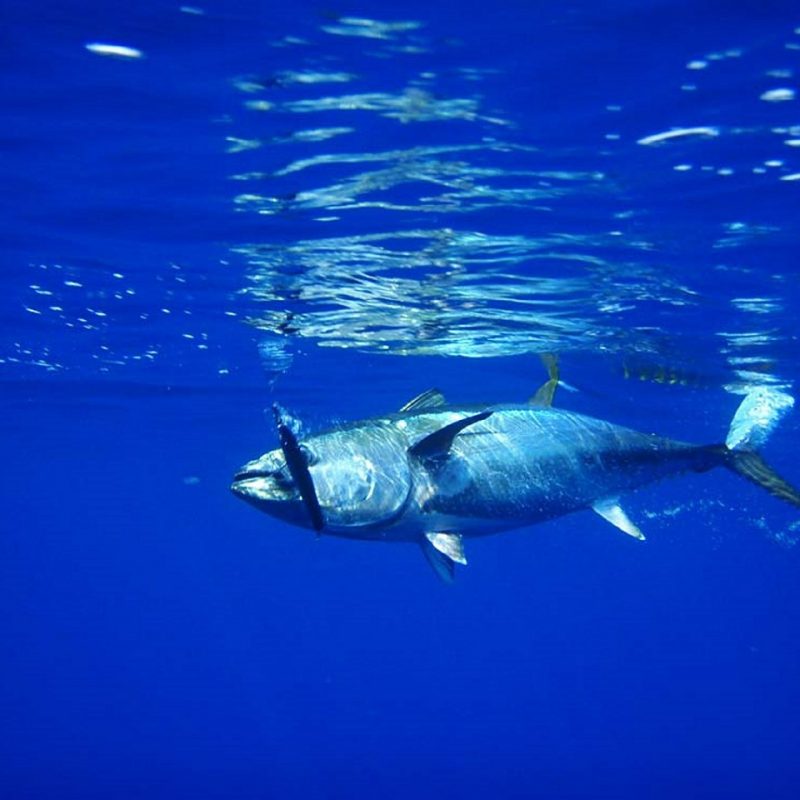
The limits of aquaculture
However, bluefin tuna aquaculture, which has been practiced for over 30 years in Japan (Kinki University), is not profitable. Not very popular with Japanese consumers, its products are often destined for export to Taiwan or the United States.
In any case, there is also the question of raising large predators which themselves need a lot of fish to thrive. Farmed salmon already need 4 kg of “feed fish” to grow 1 kg themselves. The bluefin tuna consumes 11 kg of fish to gain 1 kg! An unsustainable model, whose limits we can measure by drawing a parallel with the fact of breeding tigers or wolves for our consumption: this sums up well the way in which man’s taste for marine animals has developed while he thought marine resources were infinite.
Today, it would be more economically and ecologically interesting to let the wild stock recover and to develop a rigorous sustainable fishery.
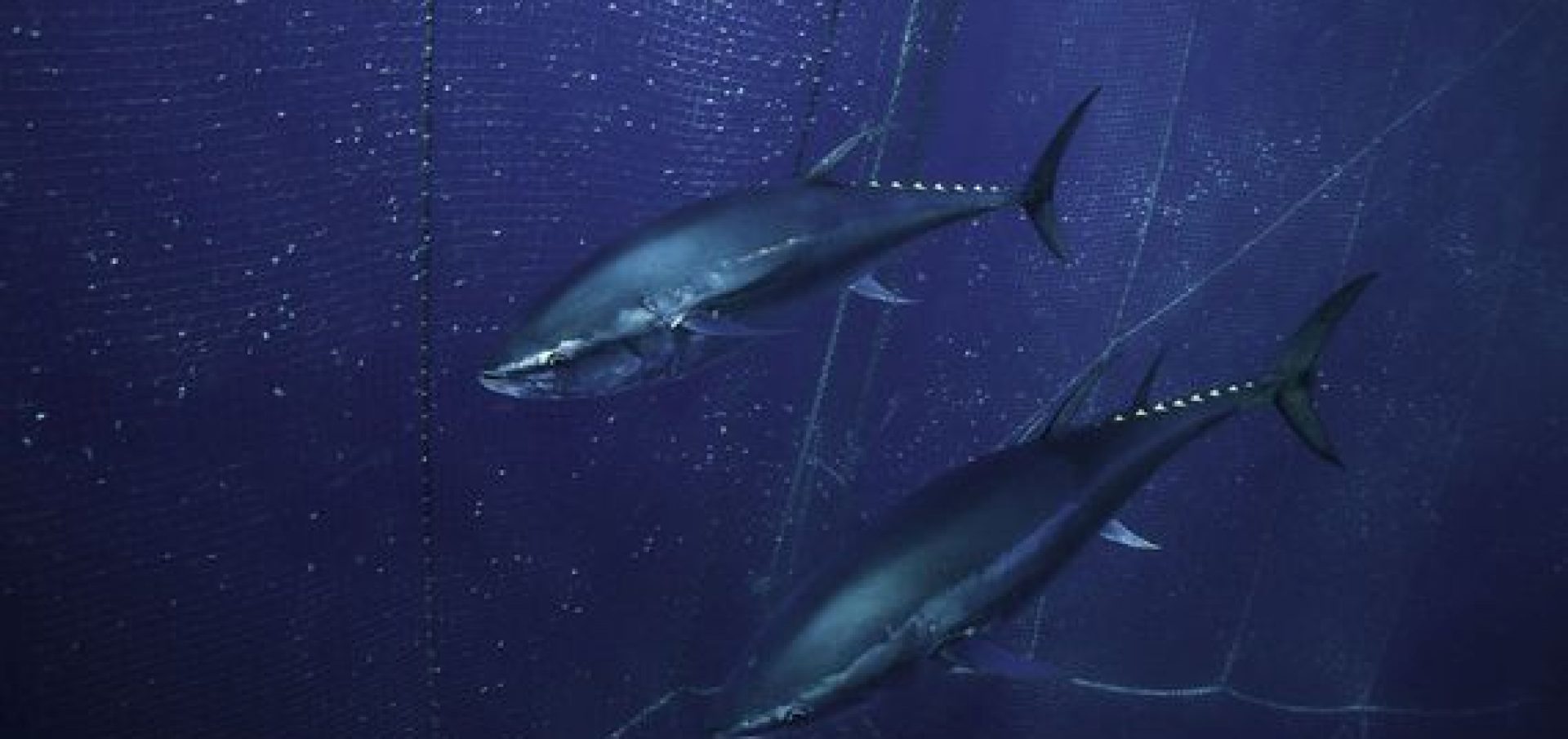
Reasons for hope
In conclusion, the latest observations on the evolution of the bluefin tuna population seem encouraging. However, it will be necessary to be patient to confirm the effective recovery of the stocks, which is expected around 2022. A new assessment of the Mediterranean bluefin tuna population will be carried out in 2014. It will allow monitoring of actual progress and inform decisions on quotas in the coming years.
In the meantime, caution remains the order of the day and many efforts must be made to improve the quality and reliability of data, to combat illegal fishing, to take account of by-catch and traceability and, above all, to support the development of sustainable small-scale fishing.







